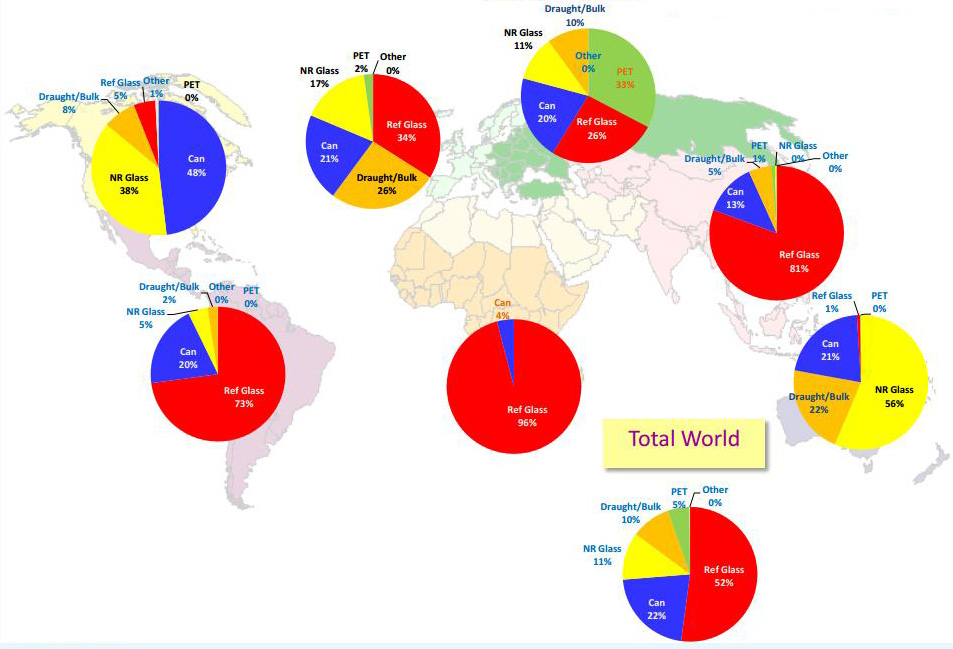Craft brewers adopt can-do attitude
Only years ago, any craft brewer wanting to supply beer in cans would have risked the Fall from Grace. Cans were considered, oh so mass-market and not in keeping with craft beer’s superior appeal. But now that even Boston Beer, the maker of Samuel Adams beer, has introduced the “Sam can”, something must have happened to cans’ erstwhile boo-boo image.
Over a decade ago, the Oskar Blues Brewery in Lyons, Colorado was the first U.S. craft brewery which dared put its beers into cans. Despite the initial controversy, many other breweries have since quietly followed suit and today, as a recent count by CraftCans.com reveals, some 300 breweries in 48 U.S. states are using the once-tabooed cans.
Not wanting to be left out, the Big Brewers themselves have invested in innovative can design. In April 2013, AB-InBev unveiled a style-conscious 11.3-ounce “bowtie” can — it tapers inward at the middle — for its Budweiser brand (the traditional 12-ounce Budweiser can will also continue to be offered), while MillerCoors has a commemorative series of Miller High Life cans coming out this summer that pay homage to Harley-Davidson motorcycles, it was reported.
Boston Beer would not be Boston Beer if they did not go for something totally different. Its “Sam can” has two unusual features such as a larger opening and an extended lip — both of which are intended to bring out the beer’s full flavour. The move is creating a buzz in the industry, media say, not only because of the time and investment involved — the Sam can took two years and USD 1 million-plus in research and development to create — but also because brewery founder Jim Koch had previously refused to go the canned route. In order not to offend the hardliners among its consumers, Sam Adams beers will continue to be available in bottles, too.
In the past, cans also suffered from the prejudice that they give a metallic taste to the beer. However, advances in can manufacturing — specifically, in the micro-thin liners that separate the liquid from the metallic casing — have eliminated that issue. Jim Koch, according to reports, is so pleased with the innovations in the Sam can that he has offered to make the packaging available to other craft brewers at no cost.
Cans have always outsold bottles in the market, largely because they are a more convenient packaging form for beer distributors and consumers alike. In recent years, their popularity has grown, according to figures provided by the Beer Institute, an industry association. As of 2012, cans constituted 53.2 percent of the beer market while bottles had a 36.5 percent share. In 2006, cans only accounted for 48.3 percent of the market and bottles 41.9 percent. Draught beer mostly accounts for the rest of beer sales.
As cans are overcoming their stigma of being somehow inferior, more craft brewers will probably switch to this packaging, with or without the "Sam can".
Cans around the world


